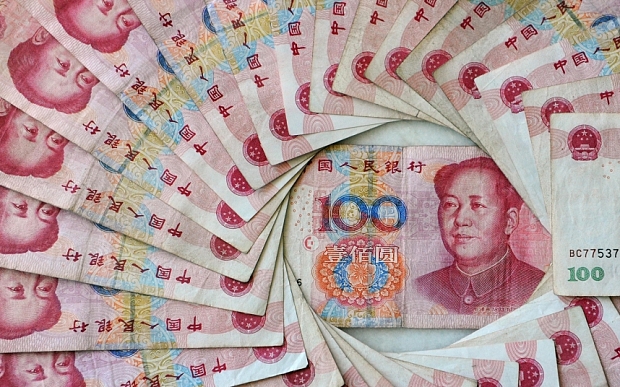
In October, Thomas Schelling shared the Nobel Prize in economics for his discoveries about game theory, which is the analysis of strategy in contexts like poker, nuclear war and business competition. Unremarked upon by the Royal Swedish Academy of Sciences were Schelling’s simple truths of economics. These boil down to tricky points in accounting, something not likely to thrill most journalists or Swedish economists.
One of Schelling’s truths involves the balance of payments. It balances. For example, the U.S. imports more goods and services than it exports. Double-entry bookkeeping ensures that this current account deficit is offset by a capital account surplus. The surplus means that this country exports more assets (like Treasury securities, shares of Amazon or deeds to farmland) than it imports. The simple truth is that the current account and the capital account sum to zero in countries with floating exchange rates.
While economists can declare before God that the U.S. current account and capital account (adjusted for statistical discrepancies) must sum to zero, it is another matter to make pronouncements about the direction of causation between these two accounts. It can go either way. During the first half of 2005 the U.S. current account deficit was a breathtaking 6.4% of GDP. The dollar and bond bears (and most of the financial press) repeatedly cited the deficit number to support their gloomy prognostications. For them, changes in the capital account respond passively to changes in the current account.
The bears were proved wrong, suggesting that the direction of causation was running from the capital account to the current account. This explains why we could run a huge trade deficit without any collapse in the foreign exchange value of the dollar. We could do this because foreigners were selling their currencies to buy American assets, supplying Americans with foreign exchange to buy French wine and Japanese cameras.
Most journalists, and almost all politicians, line up with the dollar bears in fixating on the trade deficit rather than on the capital surplus. And they blame that deficit on China. According to the China-bashers, the U.S. is a victim of Chinese mercantilism. As they tell it, China has kept its currency, the yuan, undervalued to promote export-led growth. To “prove” this assertion they point to China’s rapid buildup of foreign exchange reserves.
But it’s absurd to claim that China is causing a global imbalance of trade. The U.S. current account deficit represents 1.6% of global GDP. However, the current account surplus for all the countries in emerging Asia accounts for only 0.5% of global GDP. Oil-exporting countries also account for a surplus of 0.5% of global GDP. And Japan’s surplus is almost as large, 0.4% of global GDP. To balance the imbalances, if that’s the game, would require much more than a revaluation of the Chinese yuan.
But what about China’s growing coffer of foreign reserves? At the end of September they were $769 billion, with $58 billion added in the third quarter. What will be surprising to the anti-China politicians is that in 2004, the reserve accumulation was due only in part to trade. The bigger contribution came from capital transactions: Investors in other countries poured money into China to build factories, accounting for 29% of the foreign reserve growth, and currency speculators accounted for 37%. These are people betting that the yuan will be revalued upward to please the folks in Washington, DC. The speculators send dollars and euros and yen off to China, getting yuan chits in return and contributing to the pileup of dollar, euro and yen assets in Beijing. Think of the delicious irony here. The very meddling in currency matters from Capitol Hill is driving an increase in foreign exchange holdings by China.
There’s no denying that $769 billion is a big number. But still — and here’s another surprise for my friendly congressman — it’s not big enough. China must have reserves to accommodate routine foreign transactions. Taking into account the size of the Chinese economy, its money supply and its imports, I estimate these to be $455 billion. In addition, it needs reserves for exigencies beyond normal transactions. Now that the U.S. is demanding a wholesale opening of China’s financial sector, China will have to fill in the sinkhole of bad loans that threaten to undermine its banking system. This task, now under way on a timid scale, is ultimately going to cost perhaps $650 billion.
To complete a wholesale opening of the financial sector, China will also have to make the yuan convertible. This will require at least another $200 billion. Add it all up, and you have needs for foreign reserves in the neighborhood of $1.3 trillion. It’s only halfway there. Stop complaining.
Author Steve H. Hanke

0 responses on "China’s War Chest"